☰
×
- Home
-
Nepal
-
Trekking
- Dhampus trek
- Jomsom Muktinath Trek
- Annapurna Base Camp Trekking (Sanctuary)
- Annapurna Circuit(Round) Trekking
- Mardi Himal Trekking
- Ghorepani Cleaning Trek
- Annapurna Panorama Trek
- Annapurna Culture Trek
- Everest Base Camp Trek
- Everest Panorama Trek
- Khopra Trek
- Mohare Danda Trek
- Ganesh Himal Trekking
- Ganesh Himal Medical Trek
- Langtang Valley Trek
- Langtang Gosainkund Trek
- Ganja La Pass Trekking
- Ruby Valley Pangsang Pass Trek
- Langtang Gosainkund Helambu Trek
- Tamang Heritage Trek
- Panch Pokhari Trek
- Upper Mustang Trek
- Everest High Pass Trek
- Gokyo Valley Trek
- Gokyo Chola Pass Trek
- Salleri to Everest Base Camp Trekking
- Pikey Peak Trek
- Tsum Valley Trek
- Manaslu Circuit Trek
- Lower Dolpo Trek
- Makalu Base Camp Trek
- Ghorepani Poon Hill Trek
- Helambu Trek
- Jyamrung Trek
- Chepang Indigenous Trek
- Dhampus Sarangkot Trek
- Ghandruk Trek
- Surya Chaur Chisapani Trekking
- Yoga Soft Trek
- Indigenous Trek
- Nepal Social Treks
- Yoga Shamanism Trek
- Chisapani Nagarkot Dhulikhel Trek
- Kathmandu Valley Trek
- Khaptad National Park
- Jiri to EBC Trek
- Nomad Community Trek
- Annapurna Luxury Trek
- Tilman Pass Trek
- Helambu – Ama Yangri Trek
- Peak Climbing
- Chulu West Peak Climbing
- Chulu Far East Climbing
- Island peak via Gokyo-Chola-EBC
- Island Peak Direct Route
- Lobuche Peak Climbing
- Mera and Island Peak via Apulapcha Pass and EBC
- Mera Peak Direct Route
- Mera Peak Climbing
- Naya Kangi Peak Climbing
- Paldor Peak Climbing
- Pisang Peak Climbing
- Tent Peak Climbing
- Yala Peak Climbing
- Pachermo Peak via Tsho Rolpa Lake
- Lobuche Peak via Gokyo Chola Pass EBC
- Rafting and Kayaking
- Wildlife Safari
- Adventurous Trip
- Mountain Biking
- Hiking
- Tours
- Day Tours
- Expedition
- Ganesh Himal-I Expedition
- Ganesh Himal -IV Expedition
- Makalu Expedition
- Annapurna Expedition
- Ganesh Himal -V Expedition
- Dhaulagiri Expedition
- Ama Dablam Expedition
- Cho Oyu Expedition
- Everest Expedition from Tibet Side
- Everest Expedition
- Kanchenjunga Expedition
- Lhotse Expedition
- Manaslu Expedition
- Pumori Expedition
- Annapurna I Climbing
- Ganesh Himal Climbing
- Himlung Himal Climbing
- Tibet
- Tours
-
Bhutan
-
Tours
- Trekking & Hiking
- India
-
Tours
- Trekking and Hiking
- Multi Country
-
Nepal Tibet Bhutan Trekking
- Nepal Bhutan Tour
- Nepal Bhutan Trek
Autumn Season Trekking in Nepal: Exploring the Tranquil Beauty
- Home
- Autumn Season Trekking in Nepal: Exploring the Tranquil Beauty
;The attraction of Nepal is no doubt, with its incredible landscapes, high peaks, and unique cultural heritage. Among the various seasons to explore this beautiful country, autumn stands out as a rare time for trekking. As the monsoon season says bye, Nepal transforms into heaven for trekkers. In this article, we will hunt through the delightful experience of autumn season trekking in Nepal. We will be covering everything from the best routes to the cultural masterpiece awaiting you.Nepal is settled in the lap of the Himalayas, offering a treasure trove of adventure and natural beauty. Autumn, spanning from September to December, is considered the best time for trekking due to its moderate temperatures, clear skies, and stunning landscapes. The Autumn season gives you the combination of both trekking challenges and beautiful scenery for adventure lovers.This season certainly is the best time to visit NEPAL, as the environment gets clearer with the monsoon rains. You will get such pleasant weather at this time of year because it will be just after summer and not yet totally affected by the cold. The temperature is usually about 20 degrees in the daytime and about 5 degrees during the nighttime at an altitude of 1000 m to 3500 m.Why Choose Autumn for Trekking?The Autumn season presents the perfect climate for trekking in Nepal, with safe weather conditions and a comfortable temperature. The monsoon rains have freshly washed the terrains, resulting in clear air, offering unobstructed views of the majestic Himalayan peaks. The trails are neither too icy nor too muddy, which ensures our safety along with a comfortable and fun trekking experience.Preparation and Essentials:While these treks are reachable to a wide range of fitness levels, it's recommended to prepare with regular cardiovascular exercises and leg workouts to ensure a smoother journey. Packing lightweight and weather-appropriate clothing, sturdy trekking shoes, a well-fitted backpack, and essentials like a first aid kit, sunscreen, and a water bottle are crucial. Getting the necessary trekking permits and carrying identification documents is essential before starting your journey.Nepal's cultural diversity shines during autumn treks. You'll have the opportunity to see local festivals and take part in the warmth of teahouse hospitality, providing awareness in the Nepalese way of life. Autumn dresses Nepal in golden hues as the forests change color. The clear skies beautify the landscapes perfectly, making it the best time for photography.Nepal's biodiversity is on full display during autumn treks. From the rare view of snow leopards to vibrant Himalayan monals (Lophophorus). Wildlife species of this region complement the charm of the journey. The hearty Nepali dishes like Dal Bhat provide nutrition to trekkers, and local cuisine introduces you to unique flavors and ingredients. Don't forget your camera! If you love photography then autumn provides incredible photo opportunities, and maintaining a travel journal will allow you to relive your experiences.Autumn season trekking in Nepal is a gift for those seeking the adventure of a lifetime. The combination of right weather, breathtaking scenery, and cultural immersion makes it an experience that stays printed in your memory forever. Just tie up your boots, pack your bag of curiosity, and just head on to a journey that will touch your heart and soul.Frequently asked questions:Is trekking experience required for autumn treks in Nepal?No prior trekking experience is required, but a reasonable level of physical fitness and determination is beneficial.Altitude sickness and how to prevent it?Altitude sickness occurs due to reduced oxygen at higher altitudes. Acclimatization and a gradual ascent are key to avoiding it.Are the trekking routes crowded during autumn?Autumn is a popular season, so some routes might have moderate crowds. However, the experience is still enhancing.How are accommodations during the trek?Teahouses along the routes provide basic yet comfortable accommodations and a chance to interact with fellow trekkers. But if you chose remote areas for trekking then you will be camping stay.What type of footwear is recommended for trekking?Sturdy, well-fitted trekking shoes with ankle support are recommended to navigate diverse terrains safely. We also recommend light shoes or sandals for the evening.Categories
Recent Posts
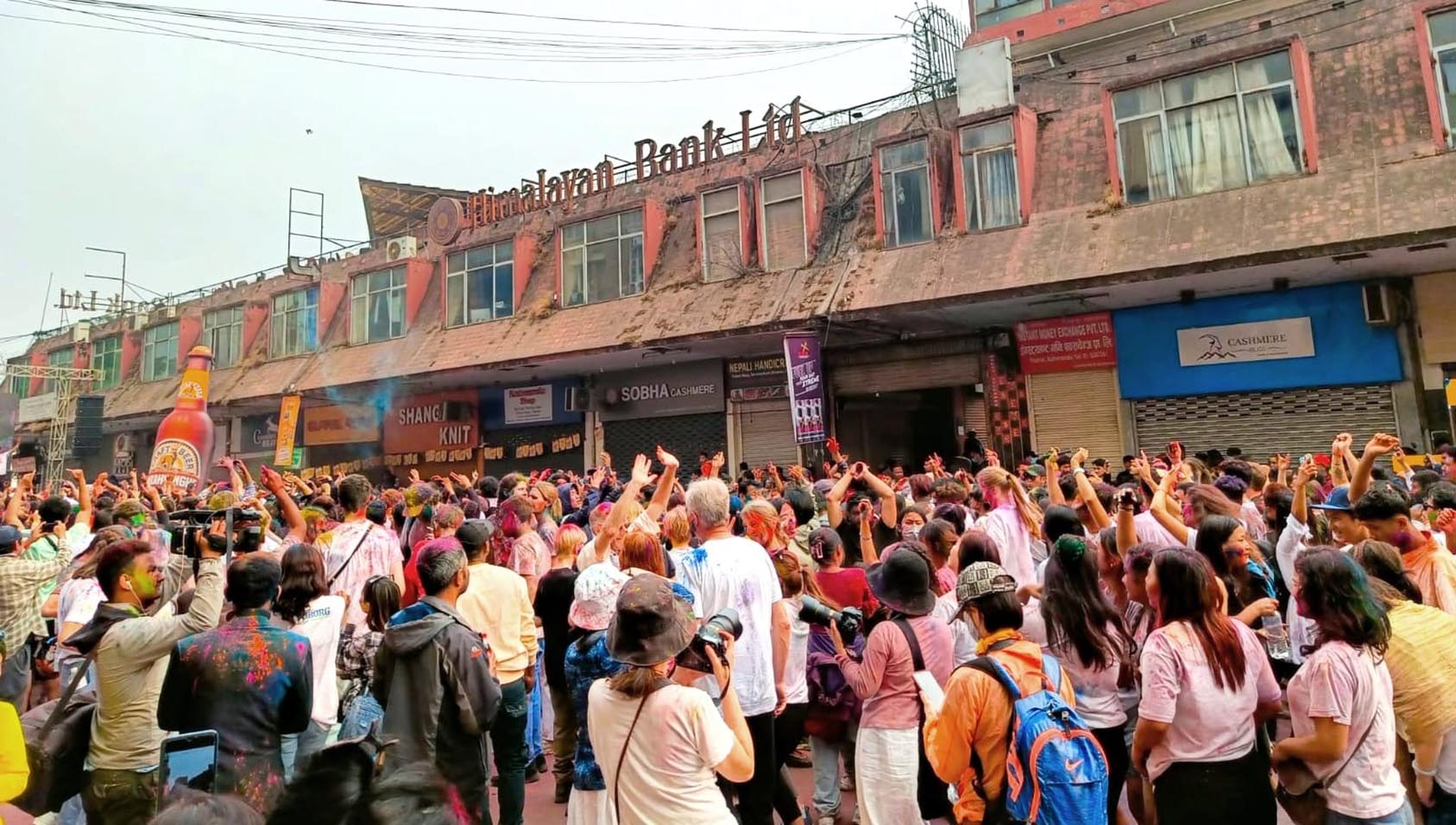
Celebrating Holi: The Vibrant Festival of Colors
24-03-2024
E-Visa in Nepal
11-02-2024
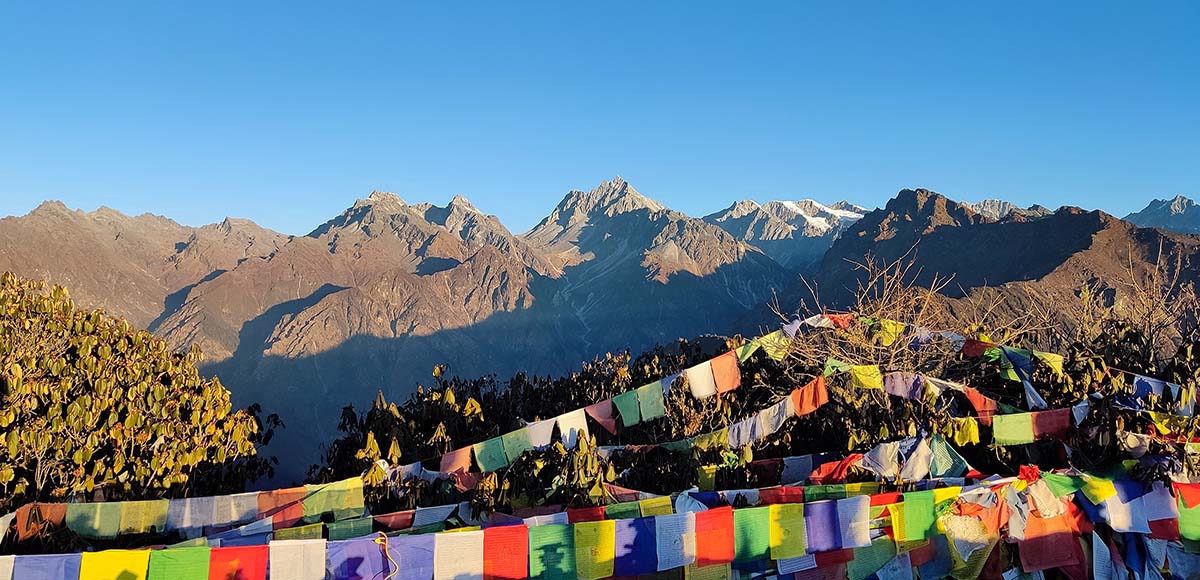
Helambu – Ama Yangri Trek!
12-01-2024
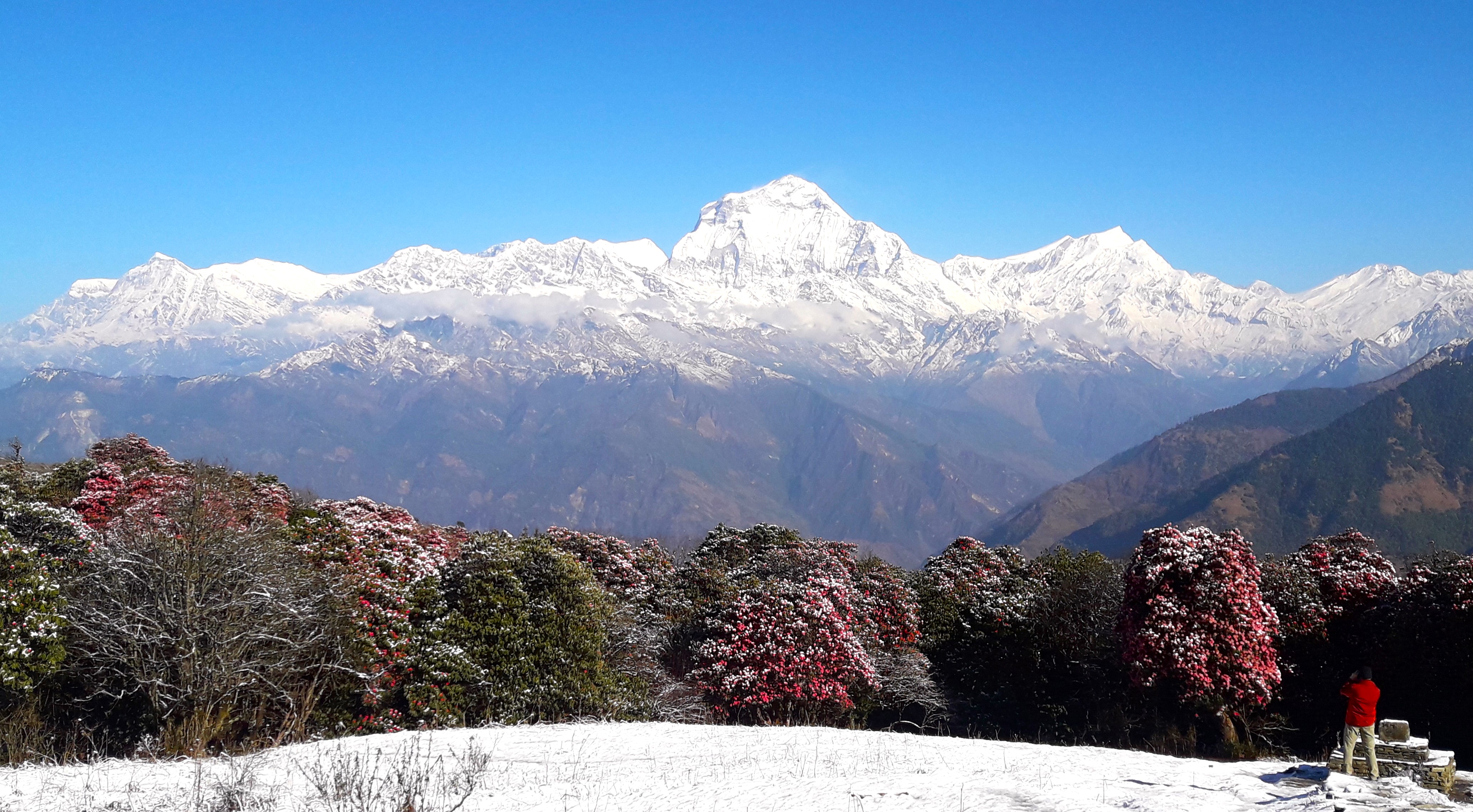
Ghorepani Poonhill: A Perfect Trek for Winter Season
08-12-2023
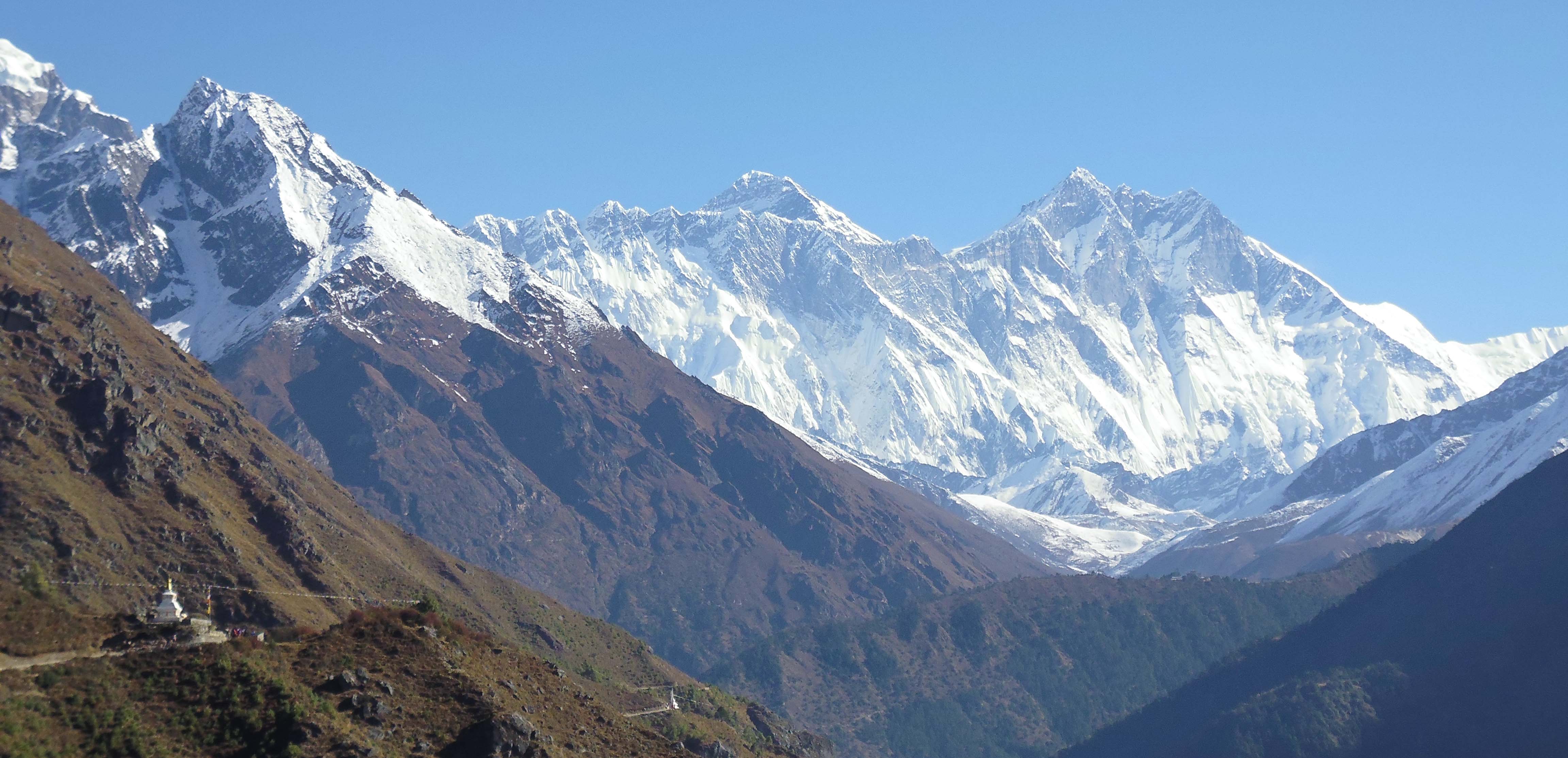
Winter Season Trekking in Nepal
06-11-2023
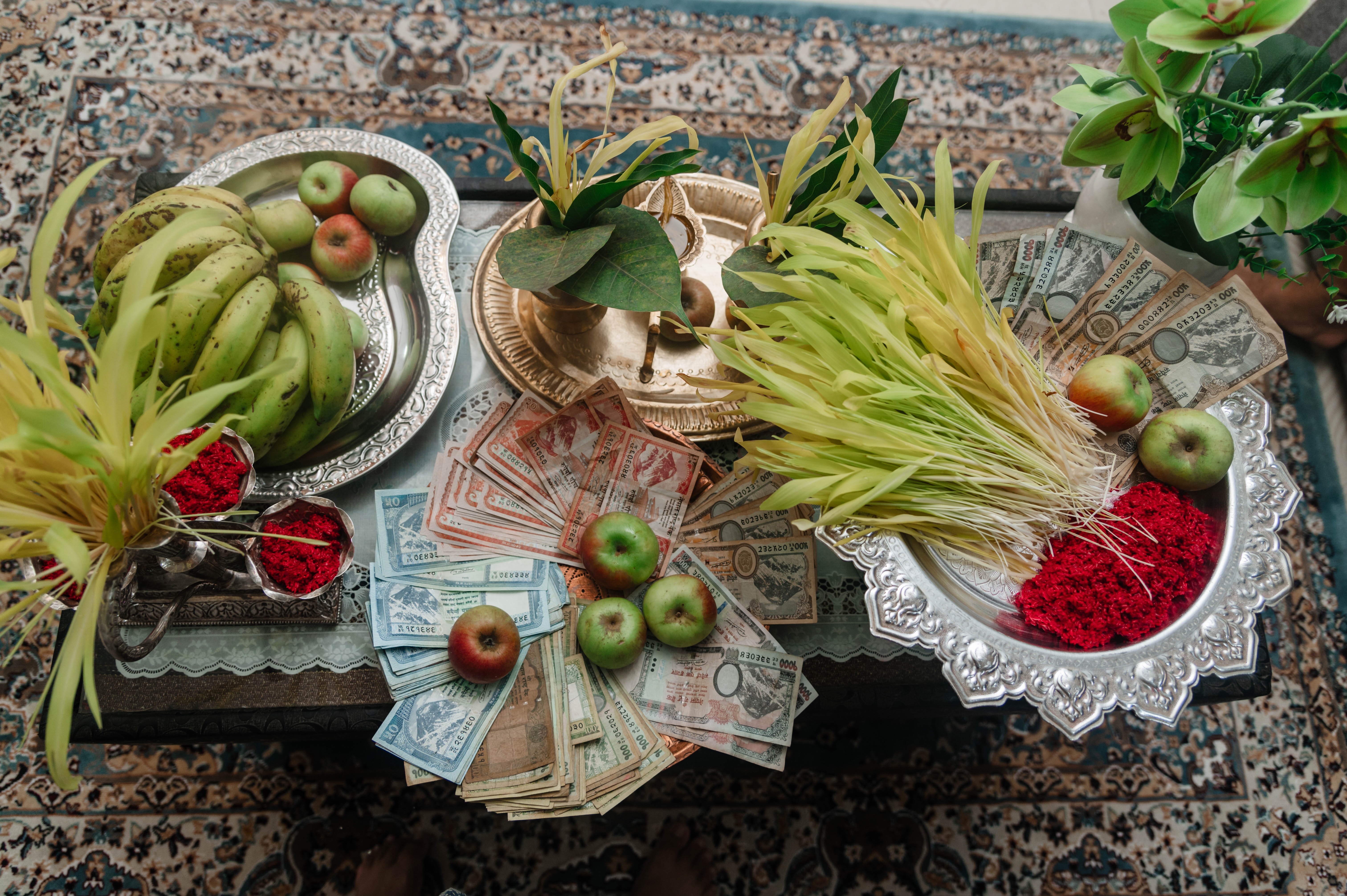
Dashain Festival in Nepal: A Celebration of Tradition and Unity
23-10-2023
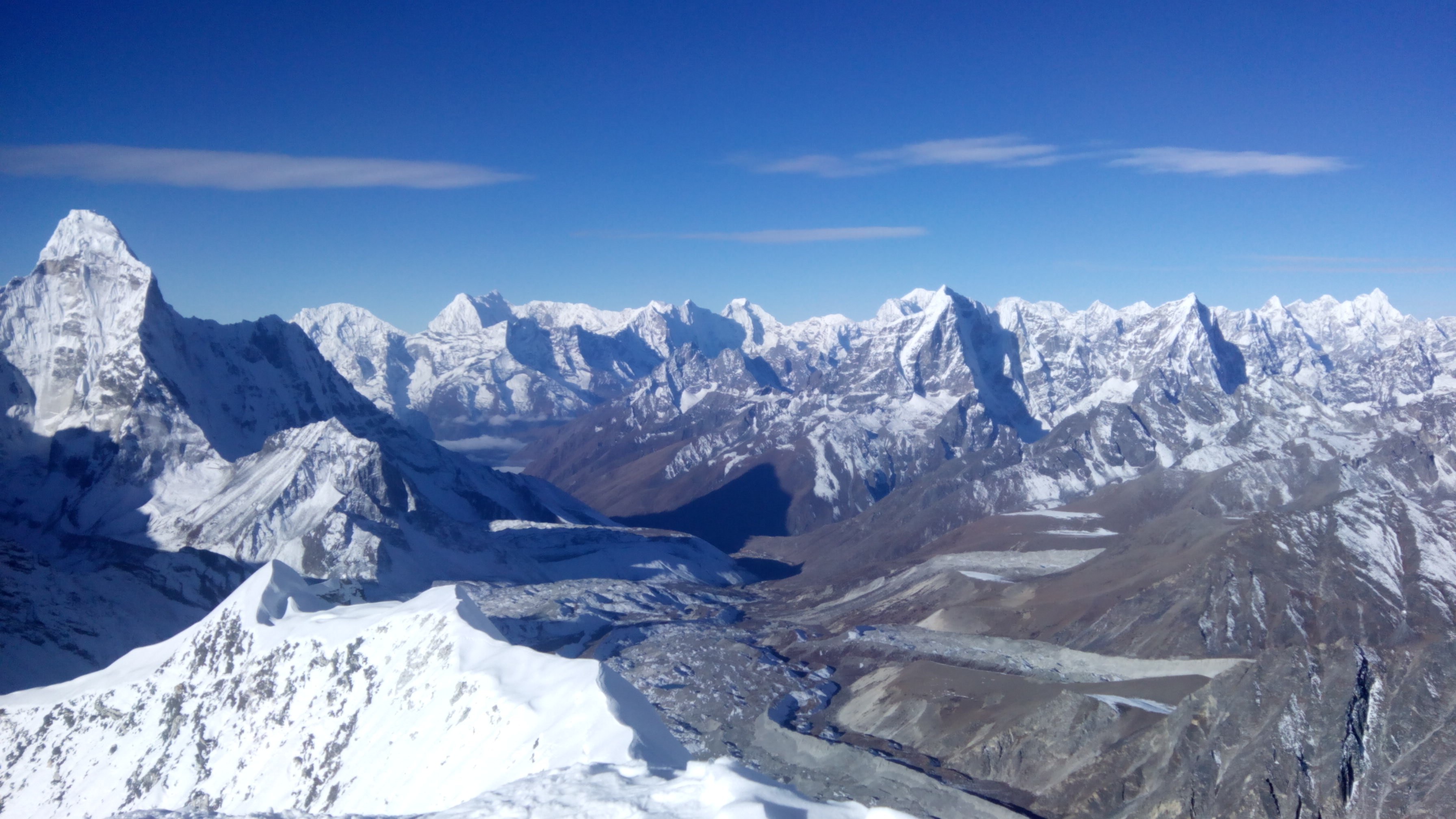
Island Peak : The journey full of adventures to the Himalayas of Nepal.
21-09-2023
Are you looking forward to extend your travel business in nepal?
Partner With UsTOP
- Nepal Bhutan Tour
-
Tours
-
Trekking

